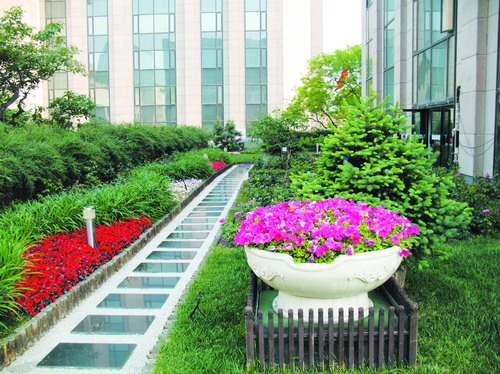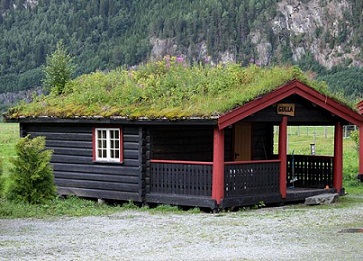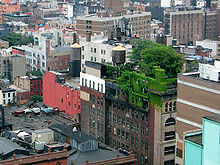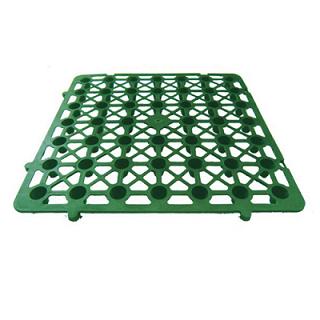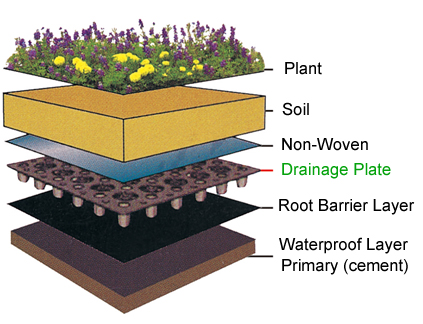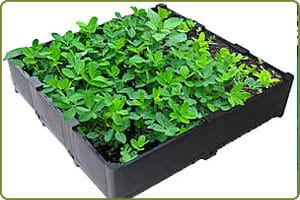Residential Green Roof Systems
Green roofs, also called living or planted roofs, are systems of living plants and vegetation installed on the roof of an existing or new structure. The green roof concept has came out for a long time. The hanging gardens of babylon constructed around 500 B.C. were perhaps one of the first green roof systems.
Popular in Europe for decades, technology has improved upon the ancient systems, making green roofs available in and appropriate for nearly all climates and areas of the United States. All green roof systems consist of four basic components: a waterproofing layer, a drainage layer, a growing medium, and vegetation. Some green roofs also include root retention and irrigation systems, but there are not essential.
Green roof systems are offen broken down into two types–extensive and intensive systems. An extensive system features low lying plants such as succulents, mosses, and grasses. They require relatively thin layers of soil(1-6 inches), and plants usually produce a few inches of foliage. Exensive systems have less of an impact on the roof structure, weighting 10-50 pounds per square foot on average, and are generally accessible only for routine maintenance. Most residential applications are composed of extensive green roof systems. Intensive systems feature deeper soil and can support larger plants including crops, shrubs, and trees. Intensive systems can be harder to maintain, depending on the plants used, and are much heavier than extensive systems—they range from 80 to more than 120 pounds per square foot. Intensive systems are typically designed to be accessible to building inhabitants for relaxation and/or harvesting.
There is a wide variety of materials used for each component of the green roof system, depending on the chosen plants, type of system employed, climate, and underlying structure. Growing mediums include soils, peat and other organic materials, gravel, and other aggregates. A drainage layer is required to adequately distribute water and prevent pooling. To minimize the weight of the system, drainage layers are often made from plastic or rubber, but may also be made of gravel or clay. The drainage layer may or may not include filter media to ensure aeration. The waterproofing membrane is a critical component of the system and should include a root barrier to ensure the underlying roof surface is not compromised. If the weatherproofing material is not root-resistant, an additional layer must be applied to serve this purpose.
Plants used in green roof applications must be easy to maintain and tolerant of extreme weather conditions including heat, freezing, and drought, and must have relatively shallow, fibrous root systems. The plants should also be resistant to diseases and insects, and not generate airborne seeds in order to protect surrounding plantings. Climate-appropriate succulents, mosses, and grasses are often best suited for extensive green roof systems. These types of plants are available in a variety of colors, in both deciduous and evergreen options. Many nurseries throughout the country specialize in vegetation for green roofs.


